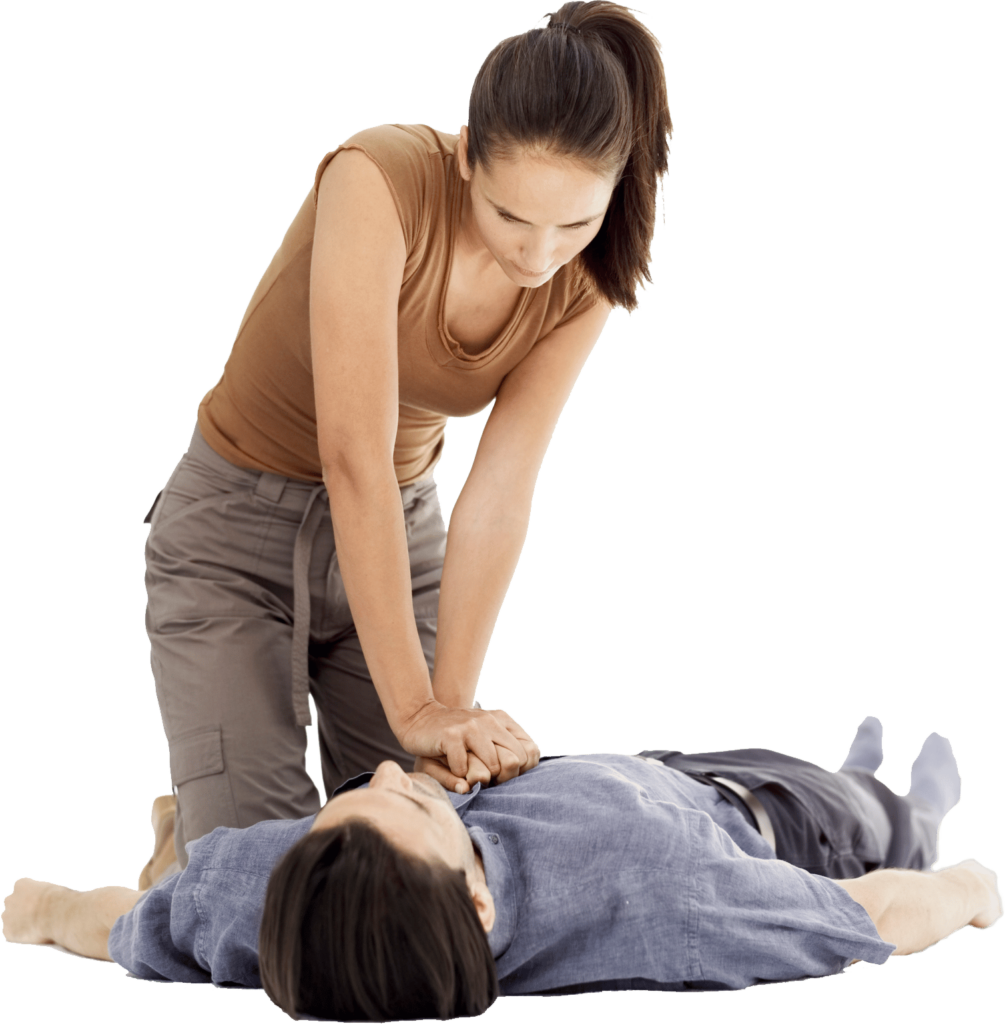

Heart attacks are a leading cause of death, and they can affect anyone, anywhere, at any time. When a heart attack strikes, every second counts. Getting help quickly can make the difference between life and death. Read on to learn what happens during a heart attack and how to respond properly while waiting for medical professionals.
Heart attacks occur when the blood flow to a part of the heart is blocked, often by a blood clot. This blockage prevents oxygen-rich blood from reaching that section of the heart, causing tissue damage. If not treated quickly, this can lead to severe heart damage or death.
Symptoms of a heart attack can vary. Common signs include chest pain, shortness of breath, and discomfort in the upper body such as the arms or jaw. Some people might only experience mild symptoms or even mistake them for indigestion.
Heart attacks can have a profound impact on individuals and communities. They are a leading cause of death, affecting people of all ages and backgrounds. Survivors may face long-term health challenges, requiring lifestyle changes and ongoing medical care.
Apart from the physical effects, heart attacks can lead to emotional and financial stress for families. Knowing the risks and working towards a heart-healthy lifestyle can help prevent heart attacks. Awareness and education are key to reducing their impact, highlighting the need for community education and resources.
CPR, or cardiopulmonary resuscitation, is a life-saving technique essential in heart attack emergencies. When someone suffers a heart attack, their heart may stop beating. This means blood and oxygen are no longer being pumped to vital organs, especially the brain.
Performing CPR keeps blood flowing, even if the heart isn’t beating. This buys valuable time until emergency medical services arrive. People who receive immediate CPR are more likely to survive and recover better. Thus, learning CPR can make you a critical first responder when minutes really matter.
Effective CPR involves rhythmically pressing on the chest to mimic the heart’s pumping action. It may also include rescue breaths, which help get oxygen into the victim’s lungs. Training is key to performing these actions correctly and confidently.
In addition to CPR, using an automated external defibrillator (AED) can be crucial. AEDs deliver an electric shock to try to restart the heart. They are designed for ease of use, with voice prompts to guide even untrained bystanders. Access to AEDs in public places increases the chances of survival following a heart attack.
Effective CPR training is essential for equipping individuals with the confidence and skills needed to respond to heart attack emergencies. A comprehensive training program covers several critical areas to ensure participants are well-prepared.
First, understanding basic life support (BLS) techniques is crucial. These techniques include chest compressions and rescue breaths, which are the foundation of effective CPR. Training also emphasizes the correct positioning and timing, ensuring that these actions help keep blood and oxygen flowing.
Early AED usage is another vital component. Participants learn how to operate an automated external defibrillator, which can be a game-changer in emergency situations. AEDs provide clear instructions and are designed to be easy for anyone to use, even without prior experience.
Training should be inclusive, covering CPR procedures for adults, children, and infants. Each group requires different techniques, and knowing these differences is essential to provide appropriate care.
Additionally, training programs offered by organizations like those in Dallas often include instructions on how to perform the Heimlich maneuver. This skill is useful for removing airway obstructions, another common emergency scenario.
Effective CPR training courses typically provide certification upon completion, validating the learner’s acquired skills. These courses create confident responders ready to make a difference when it matters most.
Community preparedness is vital in reducing the impact of heart attacks. More trained individuals mean a safer, more responsive community. Here are ways to promote this readiness.
1. Widespread Training Programs: Offering regular CPR and first aid training sessions increases the number of people capable of responding effectively. Encouraging workplaces, schools, and community centers in Dallas to host these programs spreads awareness and skills.
2. Accessible AED Locations: Placing AEDs in public areas such as malls, sports facilities, and schools ensures that these life-saving devices are readily available when needed. Publicizing their locations through signage and community bulletins helps make people aware of where they can find them.
3. Emergency Drills: Organizing regular emergency response drills helps communities understand how to act swiftly and effectively during a heart attack. These exercises reinforce training and prepare people for real-world scenarios.
4. Public Awareness Campaigns: Educating the public about the importance of CPR and AEDs through local media and community events raises awareness. Highlighting success stories can motivate others to learn CPR and join the collective effort.
Heart attacks remain a critical health concern, but through education and preparedness, communities can significantly improve outcomes. Understanding the vital role of CPR and embracing comprehensive training equip responders with essential skills. Community preparedness enhances safety and readiness, contributing to a healthier, more secure environment.
Join Rapid CPR Dallas in this important mission. By enrolling in our CPR classes in Dallas today, you’ll not only gain valuable skills but also become an essential part of Dallas’s emergency response network. Together, we can create a safer community, ready to take action when it counts the most.

